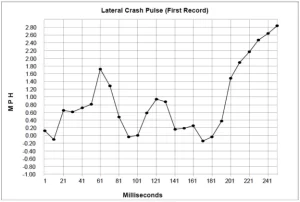Human Factors Engineering (aka Ergonomics) is the science of work, derived from the Greek ergon (work) and nomos (laws) . Human Factors is a systems-oriented discipline which extends across all aspects of human activity, drawing on a number of scientific disciplines, including physiology, biomechanics, psychology, anthropometry, industrial hygiene, and kinesiology (U.S. Dept. of Labor, 2000)
- Physical ergonomics is concerned with human anatomical, anthropometric, physiological and biomechanical characteristics as they relate to physical activity.
- Cognitive ergonomics is concerned with mental processes, such as perception, memory, reasoning, and motor response, as they affect interactions among humans and other elements of a system.
Dr. John Lloyd attended Loughborough University in England, where he attained a BSc. with Honors in Ergonomics (1992) and Ph.D. in Ergonomics (2002). Loughborough University is considered a premier academic institute for the study of Ergonomics / Human Factors and is currently ranked #4 University in the UK, behind Oxford and Cambridge.
In addition, Dr. Lloyd has held the distinction of Board Certification since 1995 and is a member of the Human Factors and Ergonomics Society as well as the American Society of Biomechanics.
Dr. Lloyd has been accepted by the courts in Florida and other states as an expert in Human Factors and has provided testimony on:
- Perception Response Time (PRT)
- Perception time
- Reaction time
- Response time
- Lighting / Visual Acuity
- Nighttime Recognition
- Conspicuity of Pedestrians, Cyclists and Motorcyclists
- Distracted Driving due to Cellular Mobile Phone use






